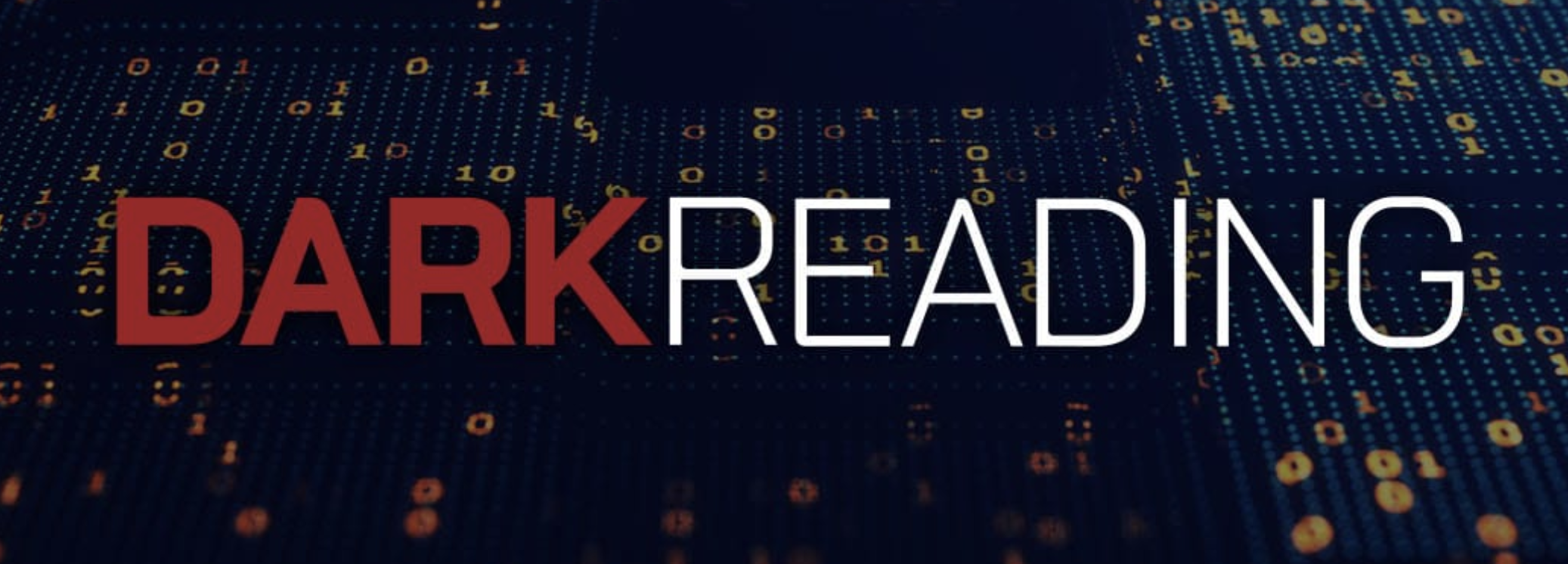
- 10 July, 2020
Knowledge graphs enhance customer experience through speed and accuracy
KMWorld’s recent article covers AllegroGraph and Franz’s customer N3 Solutions.

Knowledge graphs are a way to model enterprise knowledge and represent complex interrelationships in data. Information stored in a graph database can enable rapid retrieval of well-targeted results and provide insights into customers’ interests and needs. Gartner predicts a 100% per-year growth in applications for graph analytics and databases for the next several years. Although knowledge graphs have been deployed by major companies such as Google, Amazon, and LinkedIn due to their ability to incorporate relationships in their analyses as well as their speed, only in the last 5 years has their use become more widespread.
N3 is an outsourced sales company for major organizations that sell complex B2B software, hardware, and tech solutions. It supports businesses in 92 countries, provides services in 25 languages, and holds thousands of hours of conversations every month with customers and prospects. “In today’s world of complex products, it takes a well-educated team to tell the story about how this technology can help a company become more competitive,” said Shannon Copeland, COO of N3. “The sales team needs to be able to instantly access the information they need to do their job.”
Faster insights
The company has been operating for 16 years, and in the last few years began an initiative to manage its knowledge in a more intentional way. “We generate a great deal of data,” noted Copeland, “and we wanted to make more effective use of it to understand our customers. And because of the speed at which business is transacted now, we needed to get insights right away, not a month later in a report.”
N3 built a data model to reflect the essential data elements and the associations among them and decided that a knowledge graph was the best way to represent the information. After looking into partner options, N3 chose to work with Franz, Inc., which provides a semantic graph database called AllegroGraph. “We decided to work with Franz because of its extensive experience and the fact that it had worked with a variety of industries,” Copeland said.
The system built by N3 allows sales teams to organize signals from the market in a way that allows them to better explain the products to prospective buyers. “We build relationships with tech buyers on behalf of our clients,” continued Copeland. “Our employees are typically college graduates who would like to begin their careers in sales and marketing in tech solutions. They take ownership of their territory and we help them be as sophisticated as a future CMO would be.” The resources supplied by the knowledge graph provide the support the sales team needs to tailor information to each prospective customer.
The specific expertise required by the team varies depending on the products being sold, the geographic region, and other factors, and the knowledge graph supports these needs. For example, if a team in southern Portugal needs to know the preferences of that market, the associations built into the graph database can provide the information that is essential for them. “The information we can access helps customers understand the answers to their questions very quickly,” Copeland commented. “We believe the experience that the customers have helps them scope out what they need and what the road map might be.”
The strength of graph databases
A graph databases is a type of NoSQL database that stores data according to associations among data elements rather than in the rows and columns of a relational database. Because graph databases use a dynamic schema rather than a fixed, table-based one, adding new data types and categories is much easier. And because they are semantics-based, graph databases have strengths in inferring intent, producing answers to questions, and making recommendations. They can also make inferences about possible associations from existing associations.
A graph database also provides much more context than a relational database and therefore can return more relevant results when a user is searching; they also integrate data from multiple sources. “At one telecom company we worked with, customer service reps might have [had] to open 15 databases to find out what went wrong and what the solution was,” said Jans Aasman, CEO of Franz. “We took their core customer data, billing information, every CRM call, and every action and put them into AllegroGraph, and the customer service reps were finally able to respond in a meaningful way, whether that was to make an offer to the customer or provide appropriate technical support.” The capability of graph databases to overcome silos and provide an integrated view of the customer is one of its strengths.
In order to create the graph database on which the knowledge graph is built, the relationships among entities need to be mapped. In the case of a hospital patient, the patient is the core entity, and the events are medical encounters or lab results, which may come out of different databases or a data warehouse. “The mapping is a major project, but it only needs to be done once,” Aasman pointed out. “After that, the relationships do not need to be regenerated during the search because they are indexed in AllegroGraph, which makes retrieval very rapid.”







